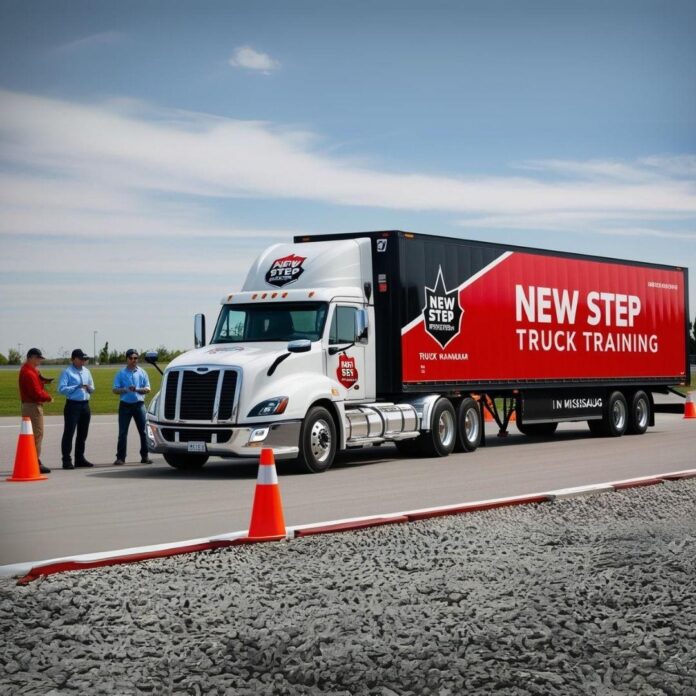Understanding the MELT Program
The Mandatory Entry-Level Training (MELT) Program was introduced to ensure that all new commercial drivers receive the necessary training to operate their vehicles safely. This program is mandatory in many provinces, including Ontario, and is designed to provide a standardized training approach across the country.
The MELT Program includes a combination of classroom instruction, in-vehicle training, and behind-the-wheel assessments. This comprehensive training ensures that prospective drivers are well-equipped with the skills and knowledge needed for the challenges of the road.
The Importance of Commercial Truck Driver Training
Commercial truck driver training is crucial for those looking to enter the industry. Training programs typically cover essential topics such as:
- Vehicle operation: Understanding the mechanics of different types of trucks, including their features and limitations.
- Safety regulations: Learning about the laws and regulations governing commercial driving, including hours of service, weight limits, and safety inspections.
- Driving techniques: Developing safe driving habits, maneuvering skills, and emergency response strategies.
- Logbook management: Mastering the skills needed to maintain accurate records of driving hours, vehicle inspections, and maintenance schedules.
Proper training not only prepares you for the road but also enhances your employability. Many trucking companies prioritize candidates who have completed recognized training programs, as they are more likely to adhere to safety standards and regulations.
Obtaining a Class A License
In Canada, a Class A License is required for drivers who wish to operate a combination of vehicles, including tractor-trailers. The process to obtain this license typically involves the following steps:
- Meet the prerequisites: You must be at least 18 years old and possess a valid driver’s license.
- Complete the MELT Program: Successfully complete the required training, including both theoretical and practical components.
- Pass the knowledge test: This written test assesses your understanding of the rules and regulations related to commercial driving.
- Complete the road test: After passing the knowledge test, you will need to demonstrate your driving skills in a practical road test.
Once you have successfully completed these steps, you will be issued a Class A License, allowing you to operate a wide range of commercial vehicles.
Understanding the Ontario Class D License
For those interested in driving smaller commercial vehicles, the Ontario Class D License may be a suitable option. This license permits drivers to operate vehicles with a gross weight of over 11,000 kg but does not allow the operation of vehicles requiring a Class A License. The process for obtaining a Class D License involves similar steps:
- Eligibility requirements: You must be at least 18 years old and hold a valid driver’s license.
- Complete required training: Although not mandated like the MELT Program for Class A, completing a training program is highly recommended for success.
- Pass the knowledge test: Demonstrating your understanding of the relevant regulations and safe driving practices is essential.
- Complete the road test: You will need to pass a practical driving test to obtain your Class D License.
Conclusion
Choosing the right truck driving school in Canada is crucial for your success as a commercial truck driver. By enrolling in a reputable program that offers the MELT Program and comprehensive training, you will be better prepared for the demands of the industry. Whether you aim to obtain a Class A License for driving large trucks or a Class D License for smaller commercial vehicles, the right training can set you on the path to a successful and fulfilling career in trucking.

